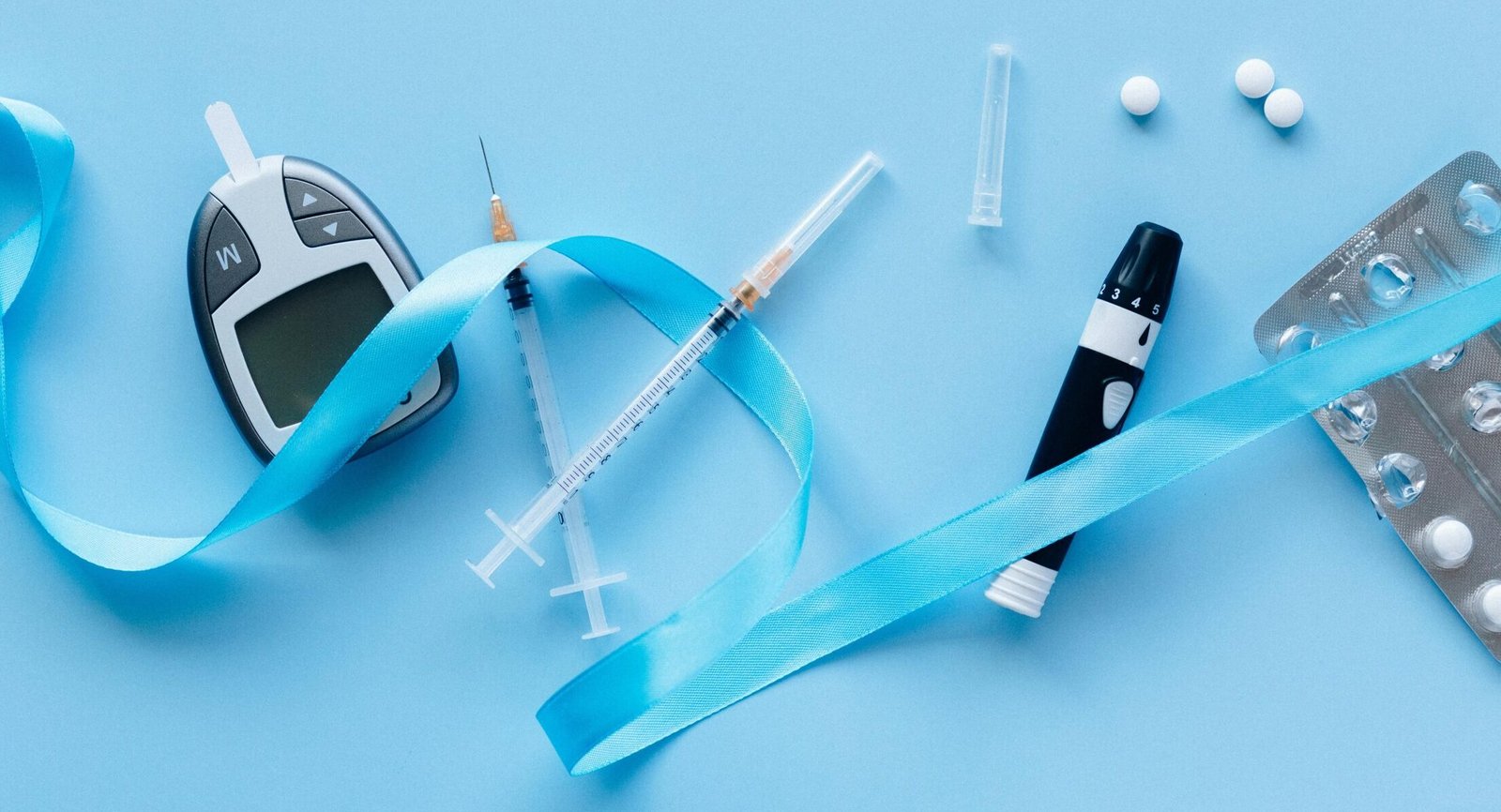Introduction:
It’s all about the key difference between Type 1 vs Type 2 diabetes. Diabetes is a disease that usually appears in childhood or adolescence. It is caused by an autoimmune reaction that destroys the pancreas’s beta cells, producing little to no insulin. Type 1 diabetes often develops quickly, presenting with symptoms like thirst, hunger, weight loss, impaired eyesight, and frequent urination. Insulin pump use or injections are the main methods of management.

On the other hand, Type 2 diabetes mostly affects adults, while it is also becoming more prevalent in younger age groups, such as children and adolescents. Insulin resistance, which is frequently linked to obesity and sedentary lifestyles, is its defining characteristic. The pancreas initially secretes normal or high amounts of insulin; however, with time, this output may decline. Type 2 diabetes symptoms can be similar to those of Type 1 diabetes, but they are typically less severe. Other symptoms include black spots on the skin, slow-healing wounds, and frequent infections. Treatment options include oral drugs, injectables without insulin, exercise and nutrition modifications, and occasionally insulin.
Type 1 vs type 2 diabetes:
| Feature | Type 1 Diabetes | Type 2 Diabetes |
| Onset | usually during teenage or childhood | Typically in those over 45, but more frequently in lower age groups, such as kids, teens, and young adults |
| Cause | autoimmune destruction of the pancreatic beta cells that produce insulin | Insulin pumps or insulin injections |
| Insulin Production | Little to none | Insulin resistance is commonly linked to obesity and sedentary lifestyles; malfunctioning pancreatic beta cells can also result from this. |
| Symptoms | Rapid onset symptoms include thirst, hunger, exhaustion, weight loss, and blurred eyesight. | Gradual onset: symptoms might include discolored patches of skin, slow-healing lesions, and numerous infections, but they are often less severe than those of Type 1. |
| Treatment | Insulin pumps or insulin injections | Alterations in lifestyle (food, exercise), oral drugs, injectables without insulin, and occasionally insulin |
| Risk Factors | genetic susceptibility, family medical history, and specific viral infections | Age, ethnicity, bad diet, physical inactivity, overweight/obesity, genetic risk, and family history |
| Prevention | There is no known prevention | can be postponed or avoided by leading a healthy lifestyle that includes exercise, food, and weight maintenance. |
| Prevalence | less frequent (approximately 5–10% of cases of diabetes) | More prevalent (90–95% of cases of diabetes) |
| Blood Sugar Monitoring | Regular self-observation is necessary. | Self-monitoring is necessary, but how often depends on the treatment strategy. |
| Complications | Heart disease, stroke, kidney disease, vision issues, nerve damage, and foot issues are comparable for both kinds. | Similar conditions for both types include kidney disease, heart disease, stroke, nerve damage, vision issues, and foot issues. |
While Type 2 diabetes may frequently be avoided or postponed with a healthy lifestyle, Type 1 diabetes cannot be prevented. About 5–10% of instances of diabetes are Type 1 diabetes, while 90–95% of cases are Type 2 diabetes. Type 1 diabetes is less common. Both kinds come with a risk of long-term risks including heart disease, stroke, kidney illness, vision issues, nerve damage, and foot issues. Regular blood sugar testing is also necessary.
Type 1 vs Type 2 diabetes necessitates careful management to avoid complications. Type 1 diabetics must regularly monitor their blood glucose levels and deliver insulin via injections or an insulin pump. To keep their blood sugar levels consistent, they must also eat a healthy diet and exercise often. Adopting a balanced diet, increasing physical exercise, and keeping a healthy weight are all important lifestyle adjustments for those with Type 2 diabetes. Oral medications and non-insulin injectables may also be provided to help regulate blood sugar levels. Insulin therapy may become necessary as the condition advances. Effective care for both forms of diabetes can considerably lower the risk of long-term problems while improving overall quality of life.
FAQs:
What is the primary difference between Type 1 and Type 2 diabetes?
The main difference is that Type 1 diabetes is an autoimmune disorder in which the body assaults insulin-producing cells, resulting in little or no insulin production. Type 2 diabetes is distinguished by insulin resistance and a steady decline in insulin production over time.
What complications come with Type 1 vs Type 2 diabetes?
If left untreated, both types of diabetes can cause long-term issues such as heart disease, stroke, kidney disease, vision problems, nerve damage, and foot problems.

